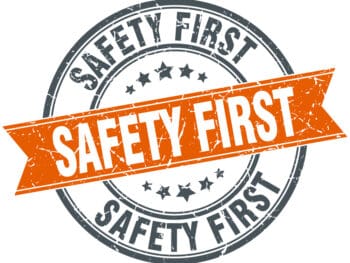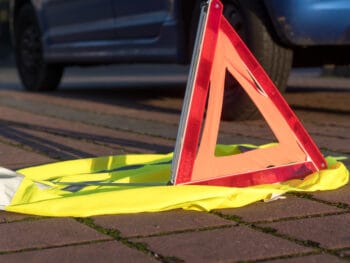Workplace safety is one of those topics where it is hard to overemphasis its importance. There can be such a thing as “too much safety”, but that level is the small majority of companies. It is my experience that most companies have something in place for workplace safety. If you are a company operating a workplace safety program, here are 5 additional tips to help you improve. If you are not currently operating a workplace safety program, get started today.
- Hazard awareness through company communication
Once you identify your hazards, you need to communicate to the work staff what hazards are out there, so they are aware of the risks associated with doing their jobs day in and day out. All the safety prevention in the world is not going to be effective unless your employees first know about the hazard, and do something about it. Use of email communication may not reach all of the employees, so hang posters around areas where a hazard is common. Workers will get the hint if they are constantly reminded of the risks associated with working in particular areas.
- Emergency action plans
What should a worker do if they are injured? Who is in charge of calling an ambulance should you need one? Which hospital or clinic should they go to? What paperwork do they need to get treatment? What is the contact information for the work comp carrier? All of these things should be addressed, and every employee should be educated on what to do and who to report to should an injury occur. These are usually addressed in an orientation program for new employees, but sadly they are also the first thing forgotten once work begins. Constant reminders are extremely helpful. Hang posters of contact information and the steps to report injuries in common areas where workers congregate. It may seem like a minor step, but it is the most effective.
- Use of inspection checklists, maintenance programs, job site inspections, etc.
Regular and routine maintenance of machinery can prevent a lot of injuries. Every machine should have a pre-operation checklist before work begins to see if some upkeep needs to be performed before starting work. An example could be replacing blades or grinding discs, changing belts, machine lubrication, and so on. It is not rocket science, but regular and routine inspection could have long term payoff in injury prevention. This will also identify anyone that may have modified the machine prior to your use, potentially saving an injury from happening in the first place.
- Contactor/Vendor screening
Should you open your doors to outside vendors or contractors, make sure they are qualified and insured themselves, especially if they are the ones working on your machines. Failure to do so may result in loss exposure under your coverage, even though this worker does not directly work for you. Now is a great time to dust off that paperwork, and touch base with all of your contractors/vendors that do business under your roof. Pre-screening them and making sure all of their paperwork and insurance information is current could save you a huge headache down the road.
- Contractor/Vendor communication on your injury requirements
Once you do the task of making sure your vendors/contractors have all of their information up to date, and their insurance information is on file, you should not just leave it at that. Make sure that they know what your protocol is should an injury occur, either to them or to one of your employees. Going back to effective communication, you should walk them through your safety program, and who they should report to should an incident occur. That way everyone that comes into your building, be it a direct employee or an outside employee of a vendor/contractor, knows what to do should an injury occur on your premises. The key is communication. If everyone knows what they should do when an injury happens, the process will run its course, and everyone will be on the same page.
Author Michael B. Stack, CPA, Director of Operations, Amaxx Risk Solutions, Inc. is an expert in employer communication systems and part of the Amaxx team helping companies reduce their workers compensation costs by 20% to 50%. He is a writer, speaker, and website publisher. www.reduceyourworkerscomp.com. Contact: mstack@reduceyourworkerscomp.com.
©2013 Amaxx Risk Solutions, Inc. All rights reserved under International Copyright Law.







